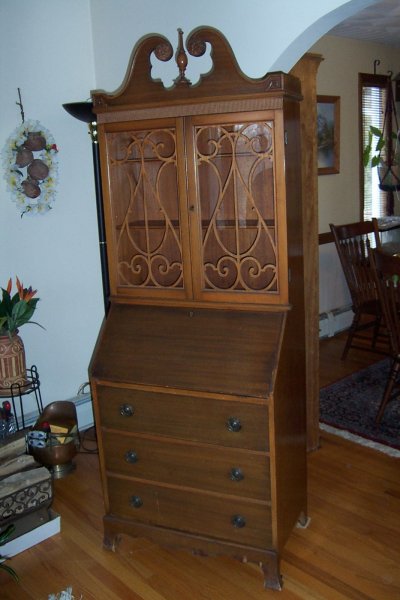IKEA is as bad as Wal-Mart | Salon Books
This article reviews the book "Cheap: The High Cost of Discount Culture," by Ellen Ruppel Shell. It discusses what the entire world is losing by the emphasis on readily available cheap goods.
"'Cheap' really is about us, meaning not just Americans, but citizens of the world, and about what we stand to lose in a global economic environment that threatens the very nature of meaningful work, work we can take pride in and build a career on -- or even at which we can just make a living."
I can buy any number of varieties of refrigerators filled with plastic parts. They are not going to last like the old 1940s refrigerator running in my dh's family's unheated and uncooled hunting shack for 60 years. Services are not exempt from the drive towards cheap either. For example, insurance defense law firms are paid by insurance companies. Rates are low, the insurance companies look at bills for anything they can deny, and the emphasis is to get it done as cheap as possible. Efficient is good, but cheap is bad.
This article reviews the book "Cheap: The High Cost of Discount Culture," by Ellen Ruppel Shell. It discusses what the entire world is losing by the emphasis on readily available cheap goods.
"'Cheap' really is about us, meaning not just Americans, but citizens of the world, and about what we stand to lose in a global economic environment that threatens the very nature of meaningful work, work we can take pride in and build a career on -- or even at which we can just make a living."
I can buy any number of varieties of refrigerators filled with plastic parts. They are not going to last like the old 1940s refrigerator running in my dh's family's unheated and uncooled hunting shack for 60 years. Services are not exempt from the drive towards cheap either. For example, insurance defense law firms are paid by insurance companies. Rates are low, the insurance companies look at bills for anything they can deny, and the emphasis is to get it done as cheap as possible. Efficient is good, but cheap is bad.

